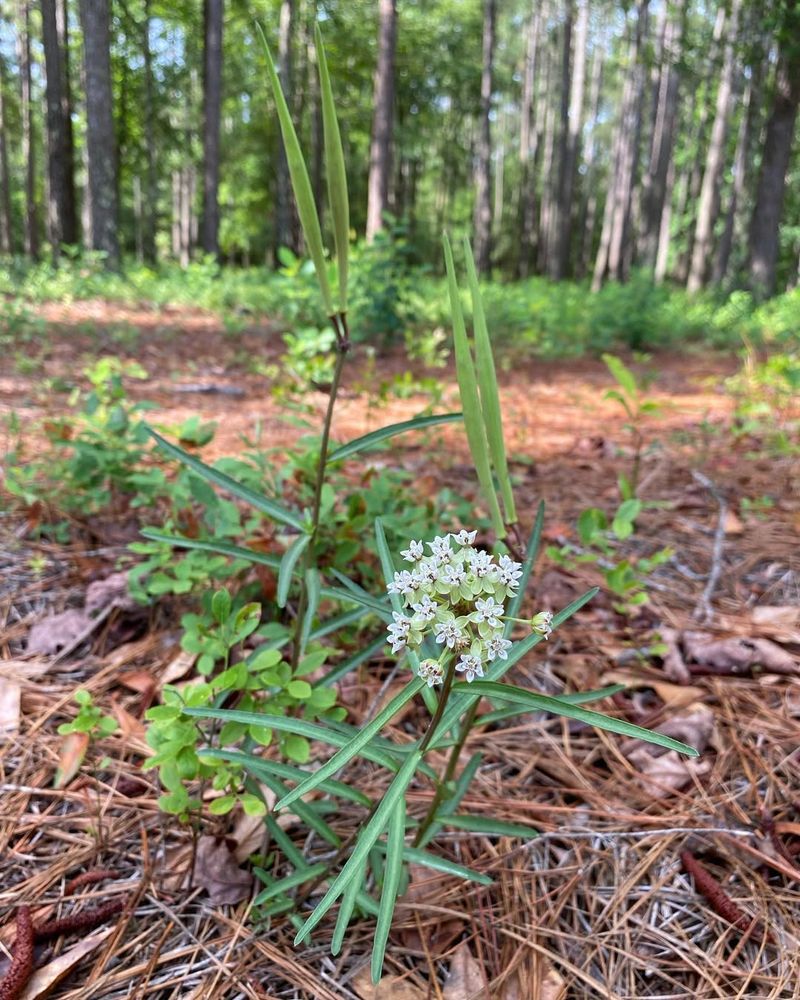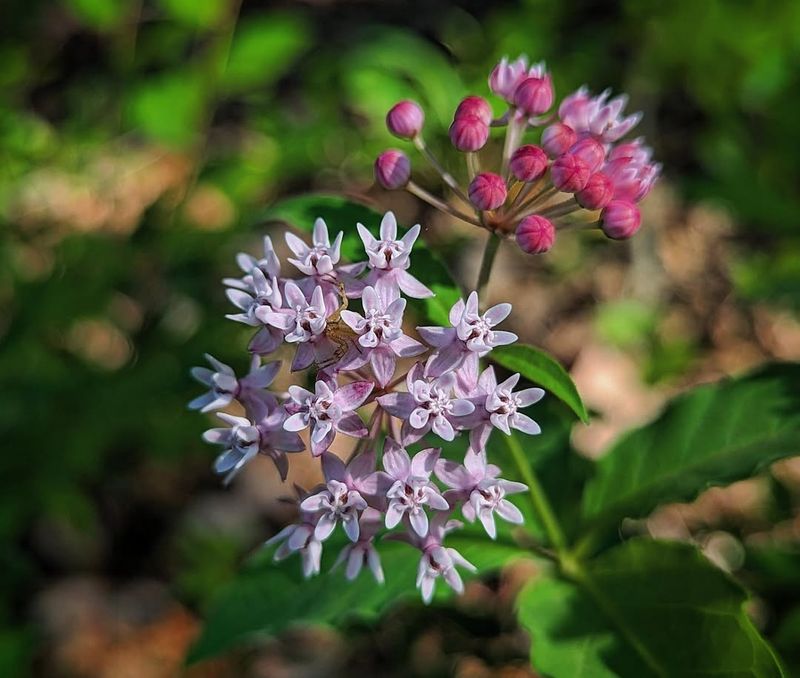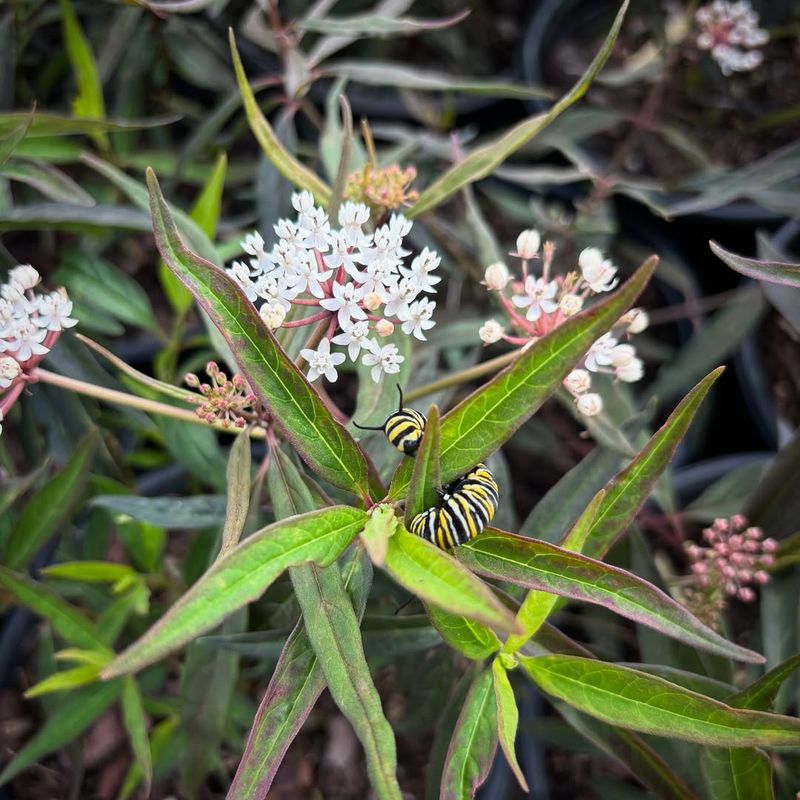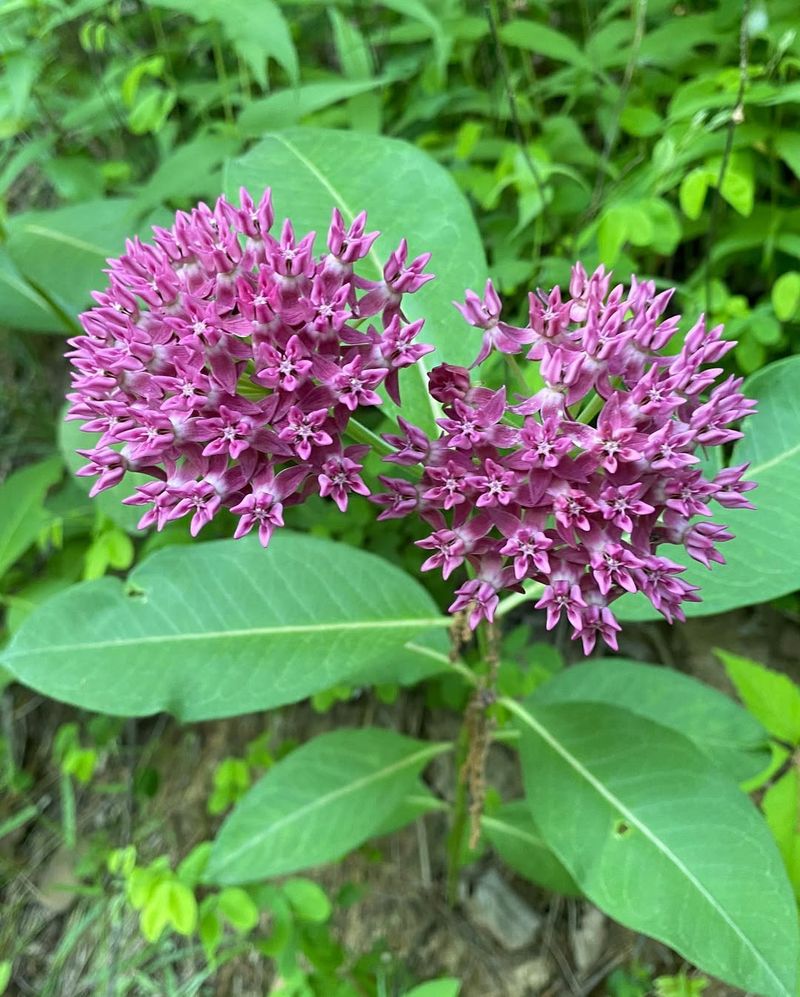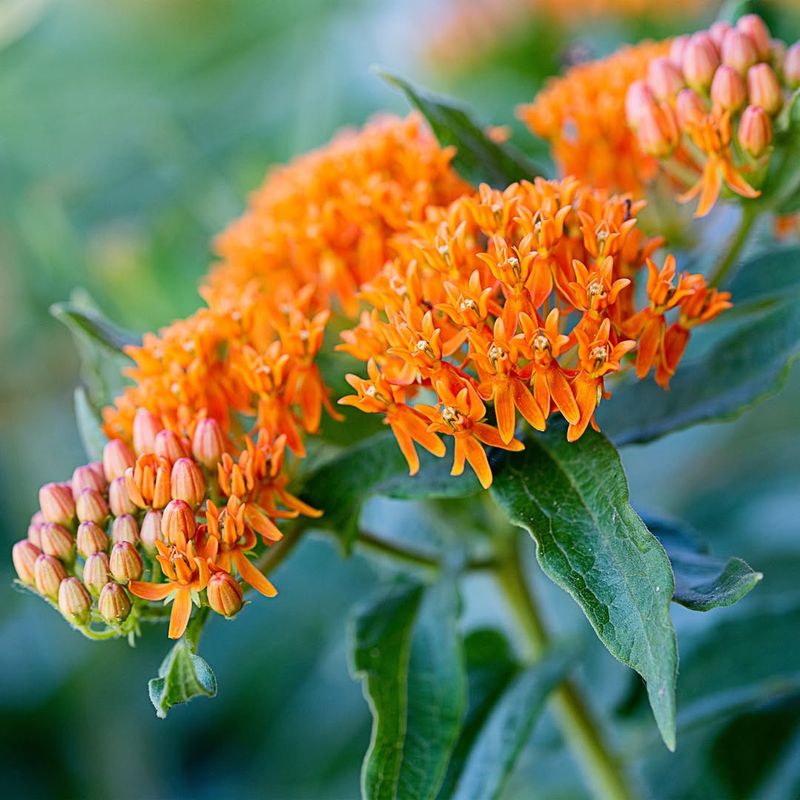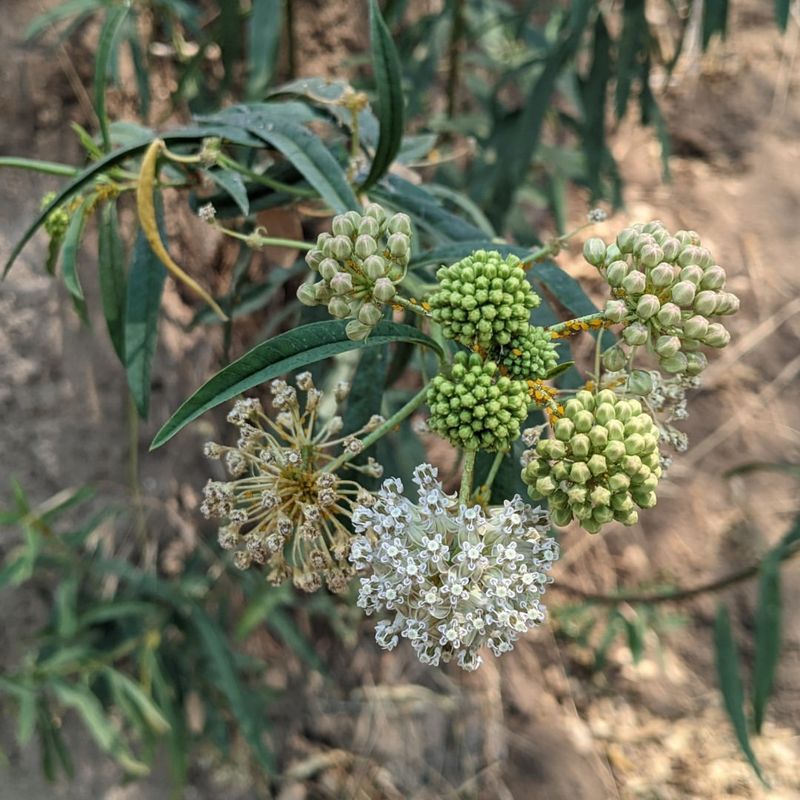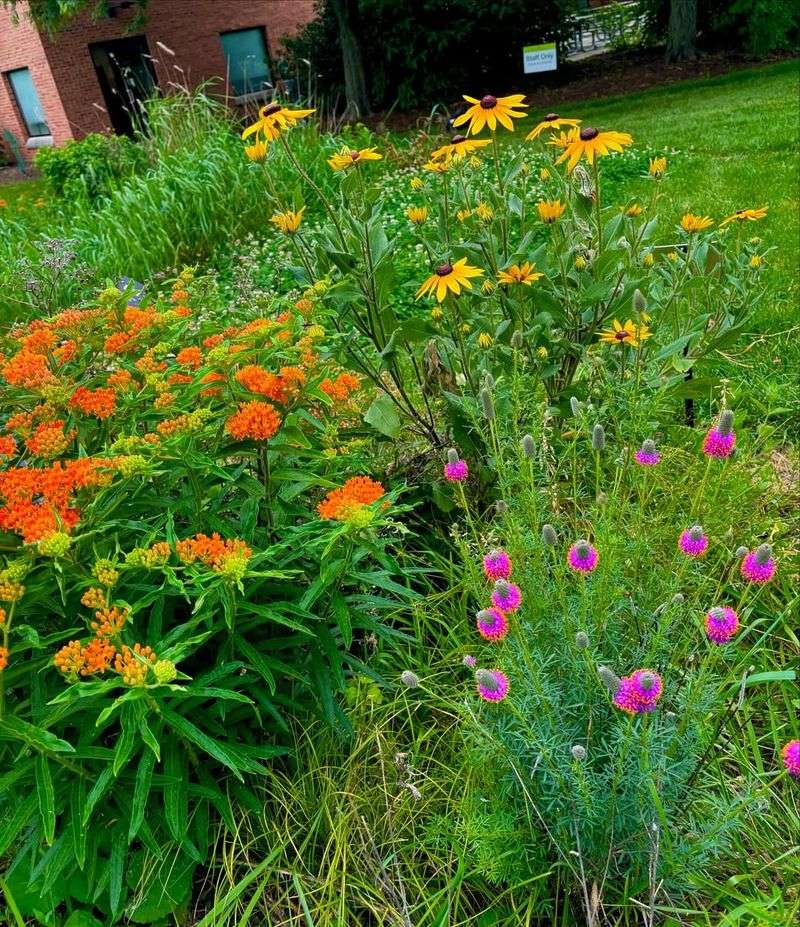Milkweed plants are essential for monarch butterflies, but their sunlight needs often spark debate among gardeners. Do they thrive in full sun, or can they adapt to shadier spots? Understanding their light preferences can help you cultivate a lush, pollinator-friendly garden that supports local wildlife.
Whether you’re a seasoned grower or a curious beginner, knowing where to plant milkweed ensures stronger blooms and healthier habitats. Let’s uncover the ideal conditions to keep your milkweed thriving and butterflies coming back for more!
1. Understanding Milkweed’s Natural Habitat
Originating in North America, these plants have adapted to a variety of environments. Typically found in open fields and along roadside ditches, they are used to thriving in areas with plenty of sunlight.
However, their natural habitat can vary, with some species flourishing in more shaded environments. They play a crucial role in ecosystems, supporting pollinators like bees and butterflies.
Despite their hardiness, environmental conditions such as soil type and moisture levels can influence their growth. Their adaptability is key, allowing them to colonize diverse habitats and support wildlife.
2. Sunlight Requirements For Different Milkweed Species
Different species have different light needs, making it essential to know your variety. While some thrive in full sun, others can tolerate or even prefer partial shade. The showy milkweed, for instance, loves basking in the sun, while the swamp milkweed can handle partial shade.
This diversity allows gardeners to choose the right species for their specific garden conditions. Understanding these nuances ensures that each plant can reach its full potential, offering blooms that delight both human and insect visitors.
3. Can Milkweed Tolerate Partial Shade?
Though typically sun-loving, certain species can indeed tolerate partial shade. This flexibility means that they can still flourish, albeit with some adjustments in growth patterns.
For example, plants in partial shade might show slower growth or fewer blooms than those in full sun. Choosing shade-tolerant species like the purple milkweed can lead to successful planting in less sunny spots.
This adaptability also makes them valuable in gardens with varying light conditions. However, ensuring they receive at least some direct sunlight throughout the day is still beneficial.
4. Best Milkweed Varieties For Shade-Tolerant Gardens
For gardens limited by sunlight, specific species can still offer a vibrant display. Species like the poke and swamp milkweed thrive in shadier locations, providing essential habitat for pollinators.
Purple, whorled, and tall green milkweed are other shade-tolerant varieties that have ability to support butterflies and other insects in darker corner of your garden. Gardeners can enjoy a lush, leafy display even in areas with limited sun.
5. How Sun Exposure Affects Milkweed Growth And Blooms
Sun exposure plays a significant role in determining growth and bloom quality. In full sun, plants often reach greater heights and produce more vibrant flowers. Partial shade, however, can lead to leggier growth with potentially less striking blooms.
The amount of sunlight directly impacts photosynthesis, affecting the plant’s health and vitality. Gardeners should observe their plants closely to understand how they are responding to their environment.
6. Can Milkweed Get Too Much Sun?
While sun is essential, too much can lead to stress, causing wilting or browning leaves. Extreme heat and prolonged exposure may require additional care, such as watering or providing shade during peak temperatures.
Recognizing signs of sun stress early can save plants from damage, ensuring they continue to thrive. Using mulch or strategic planting can help moderate soil temperature and moisture levels.
7. Best Planting Locations For A Thriving Milkweed Garden
Selecting the perfect location is half the battle won when growing these plants. Areas with well-draining soil and sufficient sunlight are ideal for most species. However, some varieties can adapt to wetter conditions, making them versatile options for diverse gardens.
Gardeners should also consider the surrounding landscape, ensuring that taller plants don’t overshadow them. By choosing the right spot, gardeners can create a thriving habitat that supports pollinators.


